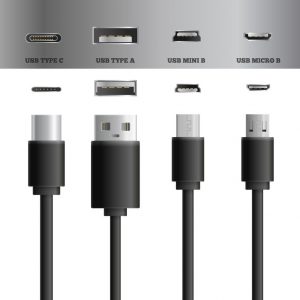Video cables today come in so many different types that the choice is often confusing. To help you make the best decision, here are the most important features of the two most common cable types, HDMI and DVI:
- DVI – the most common cable used on desktop computers and LCD monitors looks very similar to VGA connectors, both having up to 24 pins. DVI is suitable for playing videos up to 1920×1200, but it does not support certain types of encryption, such as HDCP, so it might not allow for the playback of certain types of HD content, such as Blu-ray. The other important thing to know about DVI cables is that they don’t support audio, so you will need a separate cable for the audio;
- HDMI – this standard is much newer than DVI and it is common on newer TVs, Blu-ray players and newer computers. HDMI cable supports both video and audio, so you need only one cable to connect your two devices of choice – it is the solution for playing back HD videos with a resolution of 1920×1200 and it can support an 8-channel audio. HDMI cables support HDCP encryption, so they are suitable for even the newest types of HD content.
Visit the IEC website to learn more about cable solutions.






